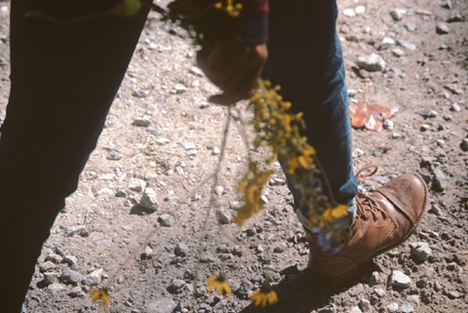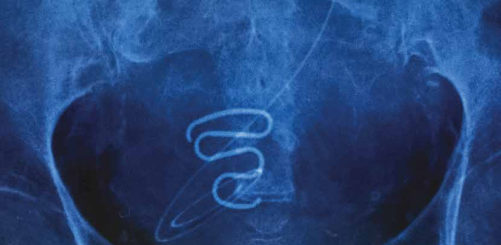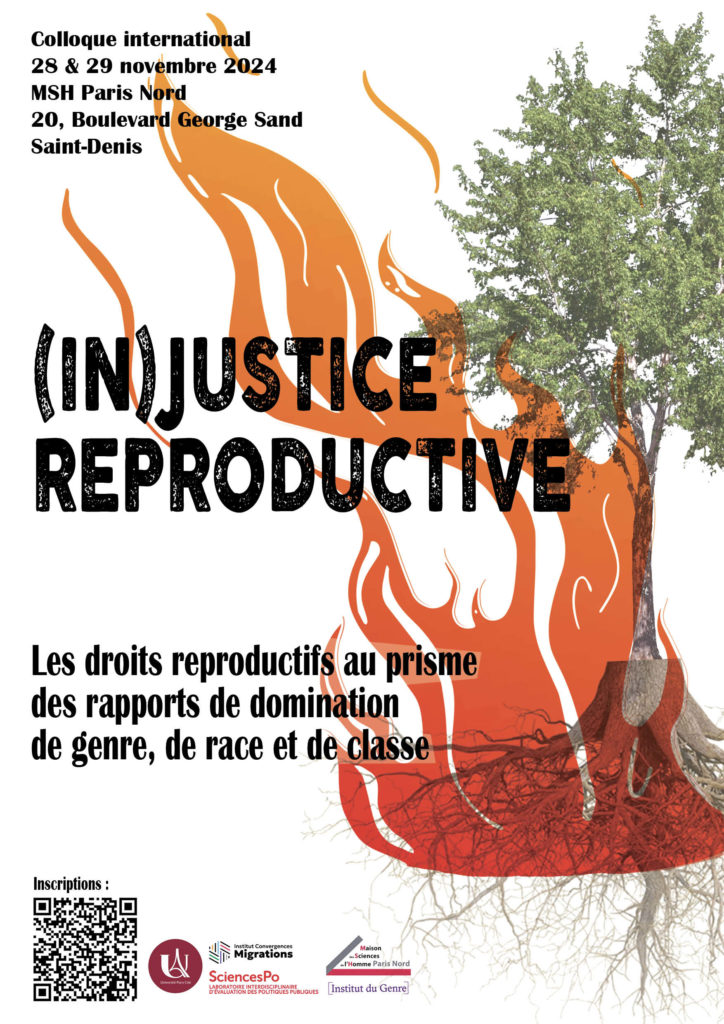Publication: « Combining interviews and drawings: methodological considerations » (2022), New Trends in Qualitative Research
Nouvelle publication avec Elise Ricadat portant sur une méthodologie qualitative innovante: la combinaison de l’entretien semi-directif et du dessin. Méthodologie employée lors d’une recherche portant sur le vécu des malades chroniques pendant la crise sanitaire du Covid-19 en France (recherche PARCOURS COVID). Vous trouverez le résumé et la publication (en anglais) ci-dessous:
Abstract:
Framework: In qualitative research, drawing on a blank sheet of paper during the interview is one of the tools in the researcher’s toolbox. This technique is increasingly used in social sciences, but is still rarely included in research on social support for the chronically ill.
Goals and Methods: The objective of this paper is to analyze the advantages of an innovative research method that uses both drawings and semi-structured interviews to study support networks of chronically ill patients. This method was used to conduct a qualitative research on changes in chronically ill support networks in France during the lockdown period (March- May 2020). The study triangulates three types of sources: 1. From chronically ill patients’ oral accounts of their experience of lockdown, collected during 32 semi-directive interviews; 2. From the chronically ill patients’ drawings of support networks they were asked to make by the end of the interviews; 3. From their oral description of the drawn elements.
Results: The drawing technique has several advantages: i. the playful nature of the drawing facilitates the degree of adhesion and interest in the investigation process, ii. it leads to greater reflexivity on the part of the respondents, iii. triangulation of the data from the narratives and the network drawings brings to light some unexpected results: it highlighted which types of support are valued or invisibilized and revealed the important support role of non-humans during lockdown.
Conclusions: The complementary use of drawings and narratives allows a more detailed and complex qualitative analysis. However, this method requires investigators to take special precautions before, during and after the field work.
Keywords: Methodology; Drawings; Support networks; Chronically ill; Visual methods.
VIROLE Louise, RICADAT Elise (2022), « Combining interviews and drawings: methodological considerations », New Trends in Qualitative Research, 11(-), e545. https://doi.org/10.36367/ntqr.11.e545 SMASH
Download the manuscript:
Pour consulter mes autres publications, cliquez ici



